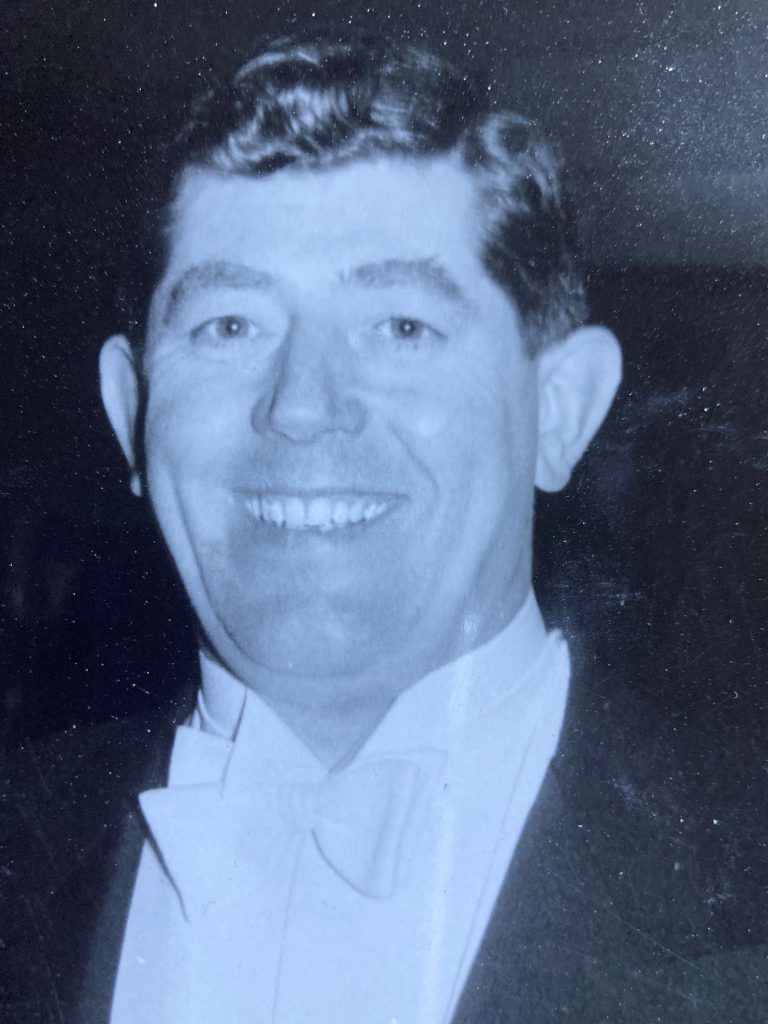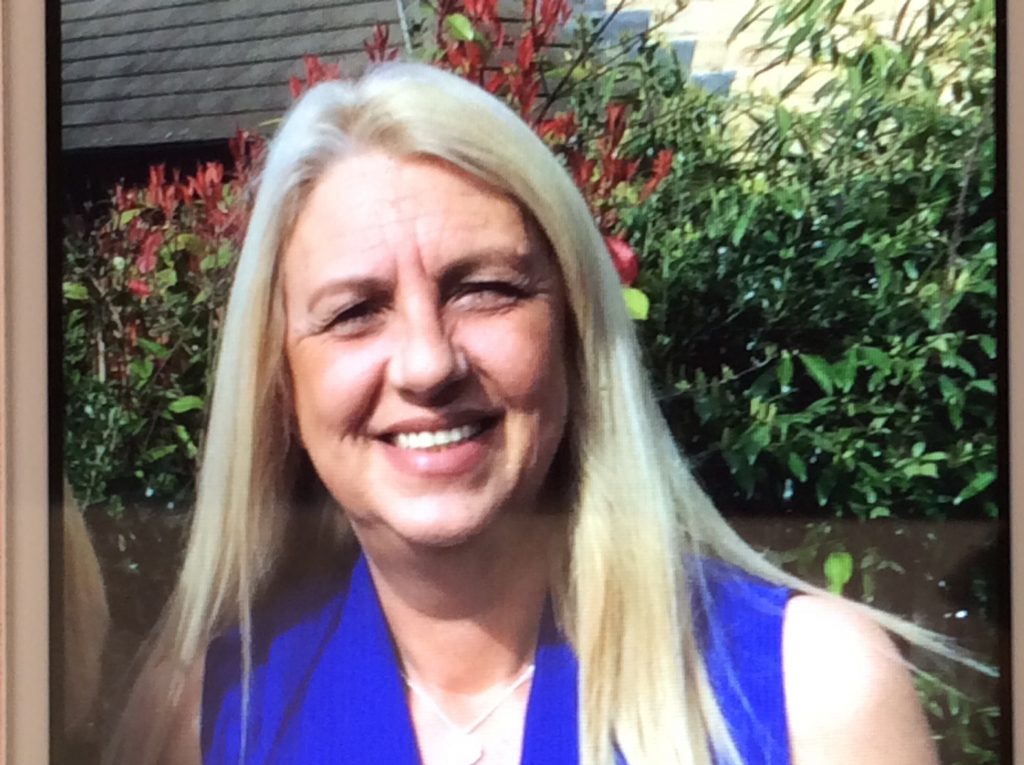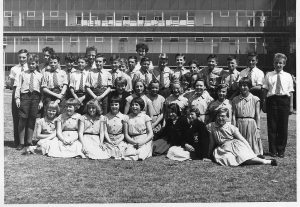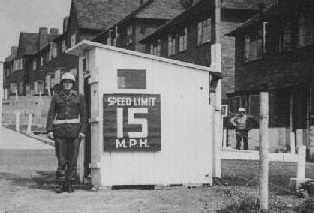We’ve responded to requests for help from two people looking to complete their family trees. One looking for help with Aldridge connections, the other Walsall.
Looking for information on Sgt Thomas Wilkes
Hilary Wilkes is looking for information about her grandfather – can you help?

Sergeant Thomas Wilkes, who served in the Staffordshire Regiment, was killed in the Battle of the Somme.
Hilary knows little about him, other than he lived in Bloxwich Road, in Walsall, and was married to Helen Pearman. Before he enlisted, she believes he worked in a brass foundry and served in the Territorials.
During the First World War, Thomas’s battalion held out for two days at Delville Wood, after being shelled from three directions, but he was killed on 29 July, 1916. She understands his body was not discovered until 1931.
“According to the Staffordshire Regiment archivist, he was mentioned twice in the ‘Walsall Pioneer’ of the time,” she said.
“The references I have been given are: 27 Date 3/6/1916 and 93 or 43 date 15/9/1917. These may refer to him being in hospital and/or being gazetted with the Military Medal, which was announced in the London Gazette on 19 February, 1917.
“Unfortunately, his record card at The National Archives was destroyed in the Second World War, so I’d be thrilled if you could shed some light. To see a photograph of him would be amazing!”
Anyone who thinks they have any family information about him can contact Hilary at: hilarywilkes@virginmedia.com
Are you related to the Harvey family?

Could you be related to Sam Harvey? Sam, who lives in Kilnhurst, near Rotherham in South Yorkshire, has traced her family tree back to the 1830s, where the Harvey family lived in Aldridge.
Now she’s appealing to readers of The Pioneer to see if she has any relatives still living in the area.
She said: “I’ve been doing my family tree on and off for about 30 years, but when I was furloughed earlier this year, I had time to get back to it. Some of the family I’ve traced back to the 1500s in Alton in Staffordshire but I found quite a bit of information about the Harveys who lived in Aldridge.
“When all the restrictions are lifted, I’d love to come down and have a look round and visit the archives to find more birth, marriage and death certificates relating to my family, but in the meantime, I wondered if there are still any family in the area.”
So far, 51-year-old Sam has found Joseph Harvey, who was born in 1835 in Aldridge to John and Sarah Jane Harvey, and was followed by brother William in 1838. They had three sisters, Diana, born 1841, and Hannah, born 1843, and Emma, born in 1852.
In 1869, William, who is Sam’s great, great grandfather, married in Spalding, Lincolnshire, before settling in Kilnhurst, where family remains today.
Her searches have also found that Joseph moved to Lancashire before emigrating to Canada, where he died in 1922.
However, Sam believes that either William or Sam left behind three children – John (born 1858), William (1860) and Sarah (1864) – because these children were living with their grandparents in the 1861 and 1871 censuses.
Other searches show that William and Joseph’s sister Diana married a William Edwards in 1841 and she lived in the Pool Green area of Aldridge, while Hannah married James Meeks in 1843. Emma married Thomas Connolly in 1852 and lived in Keepers’ Cottage in Barr Lane West before moving to Handsworth, Birmingham.
The younger William, who stayed in Aldridge also lived in Dumblederry Lane, according to the 1871 census.
Sam also discovered that her great-grandfather Joseph, son of William senior, died in November 1916, in the battle of the Somme, while he served in the medical corps. A few months later, in April 1917, Charles Herbert, who was the Canadian son of Joseph senior, died in Vimy Ridge while serving in the Canadian Army.
If anyone believes they are related to Sam – or have more information about the Harvey family – please contact the editor at gill@pioneermagazines.co.uk and the information will be forwarded.






 Great Barr Comp was, until 2009, the largest single-site comprehensive school in the country with over 2,400 pupils on roll. We spoke with John Slatford, a pupil at the Comp (now an academy) in its early days, and here he shares his memories. His time there helped him forge an exciting science-based career that took him all over the world so, now aged 74 and still living locally, he recalls why it was ‘such a great school’.
Great Barr Comp was, until 2009, the largest single-site comprehensive school in the country with over 2,400 pupils on roll. We spoke with John Slatford, a pupil at the Comp (now an academy) in its early days, and here he shares his memories. His time there helped him forge an exciting science-based career that took him all over the world so, now aged 74 and still living locally, he recalls why it was ‘such a great school’. If the residents of Pheasey in Walsall could step back seven decades in time to take a stroll around their estate, they wouldn’t believe their eyes.
If the residents of Pheasey in Walsall could step back seven decades in time to take a stroll around their estate, they wouldn’t believe their eyes. By Dick Scarlett, regular contributor to The Pioneer Magazine
By Dick Scarlett, regular contributor to The Pioneer Magazine